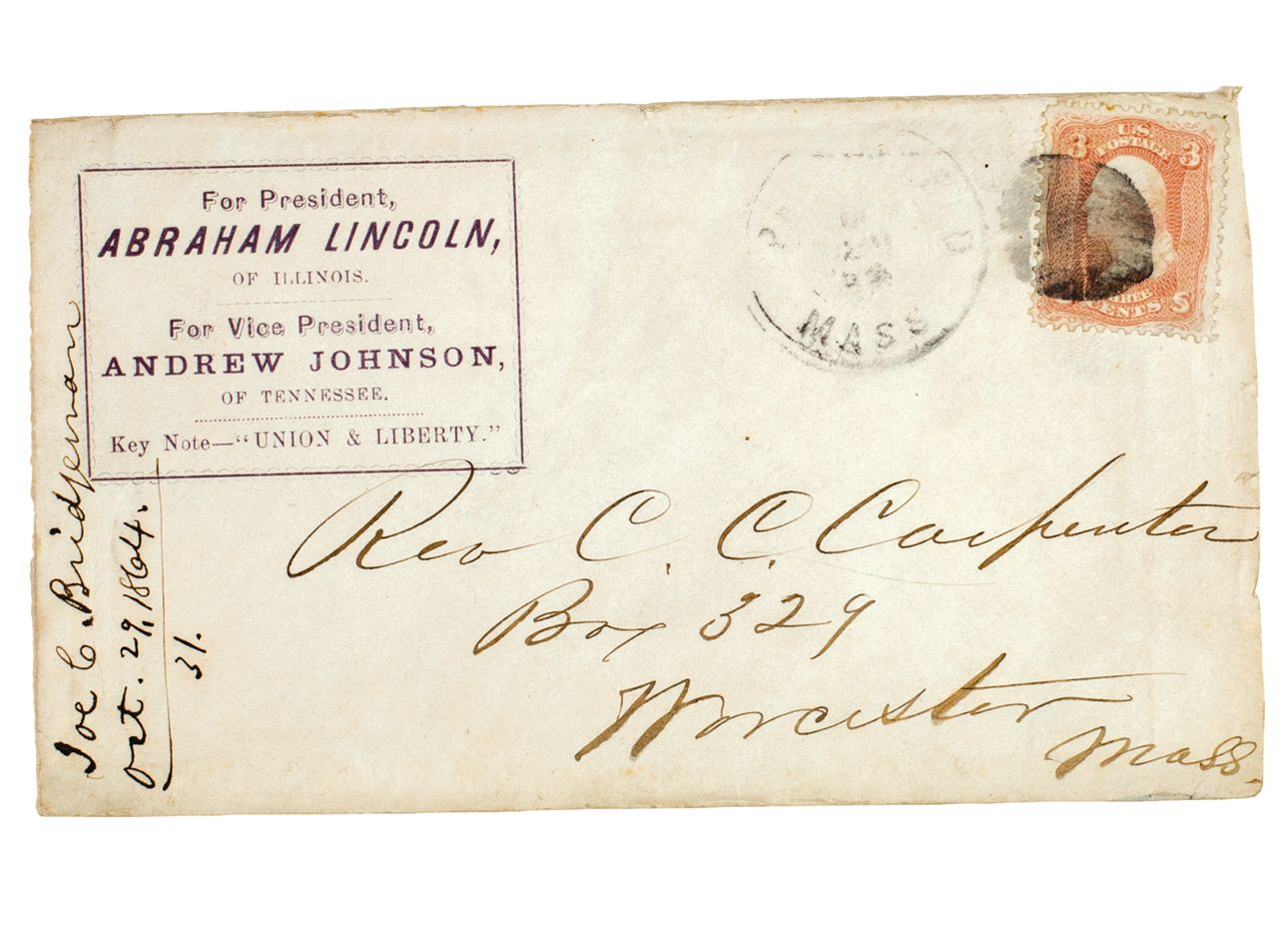
The Fascinating, Often Shameful History of U.S. Voting Ballot Design
Election season is upon us here in the U.S., and with all of the anxieties circulating around—pandemic-related risks, potential mail-in voting delays, the defunding of the U.S. Postal Service (need we go on?)—one thing seems certain: For better or worse, the paper ballot is here to stay. Riffing on the common protest chant, This is What Democracy Looked Like: A Visual History of the Printed Ballot (Princeton Architectural Press), a new book by Alicia Yin Cheng, a founding partner of the Brooklyn-based graphic design firm MGMT, delves into the visual evolution of a fundamental yet often overlooked component of design in American culture.
The bureaucratic piece of paper is hardly innocuous, and, as we’ve seen, has crucially defined previous elections. Recall the infamous “butterfly” ballot of 2000, which failed many elderly voters of Palm Beach, Florida, with its faulty, jumbled design. Cheng’s collection, drawing largely from the 19th and early 20th centuries—a period of sweeping developments in the electoral system—reveals that shortcoming as one of many, with a host of elaborate, scammy examples fraught with fraud, disenfranchisement, and other malfeasance. “Printed ballots embody the material history of democracy in the United States: its ideals, its routines, and its abuses. Their typography, their designs, and even the paper they were printed on have a story to tell,” Cheng writes. “They speak to changing notions of what elections are, whom they include and exclude, and the political possibilities they offer.”
With so much at stake in every election—and especially this one—Cheng’s fascinating book is a timely reminder to always read between the lines and to exercise your right to vote. Mark your calendar and check it twice: The deadline to register to vote in this U.S. presidential election, whether in person or by mail, is October 9.